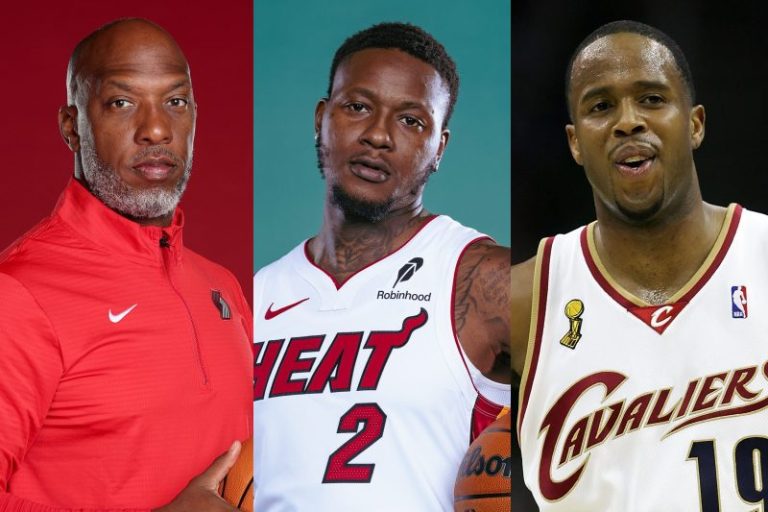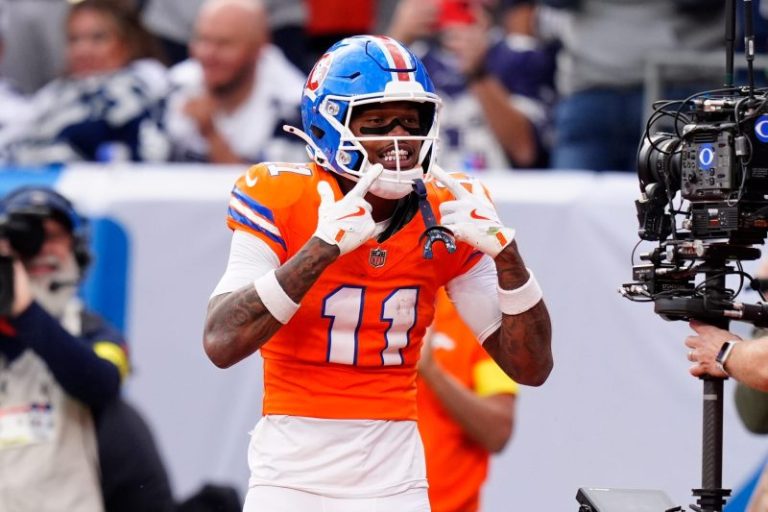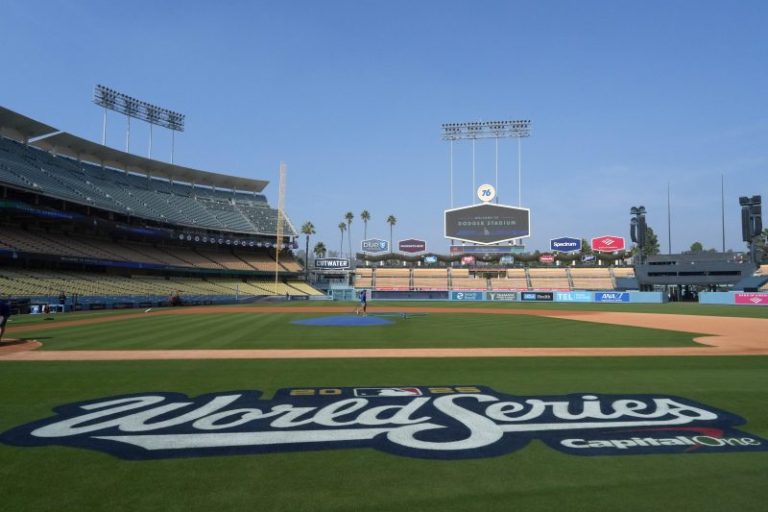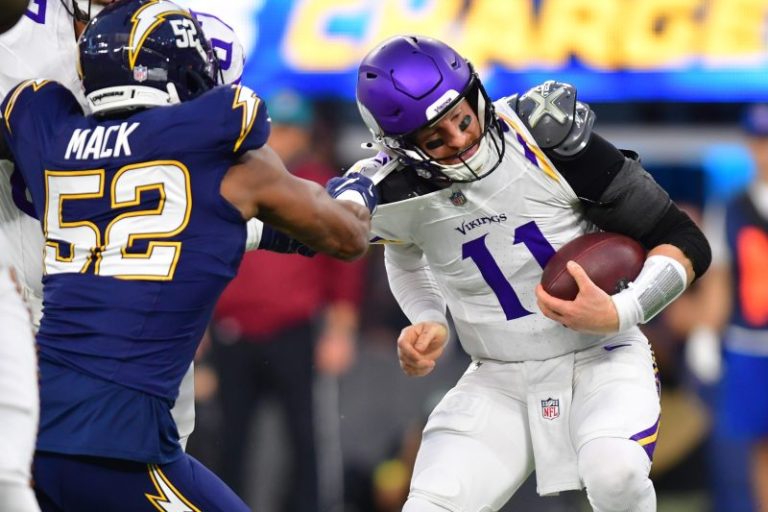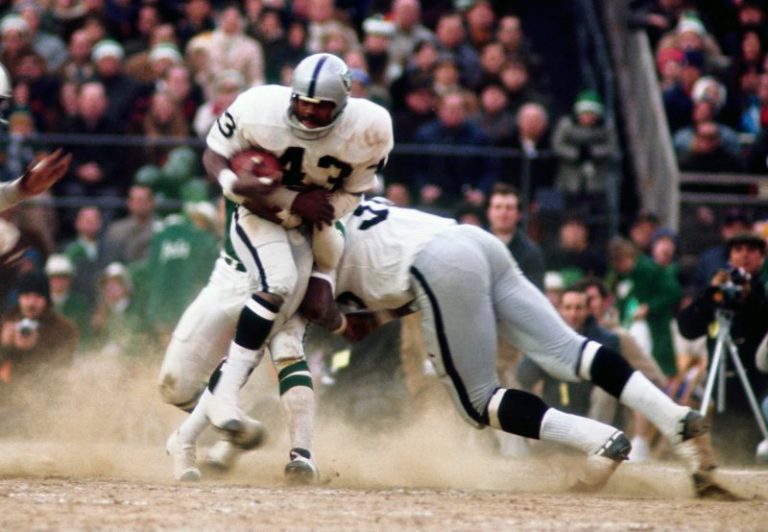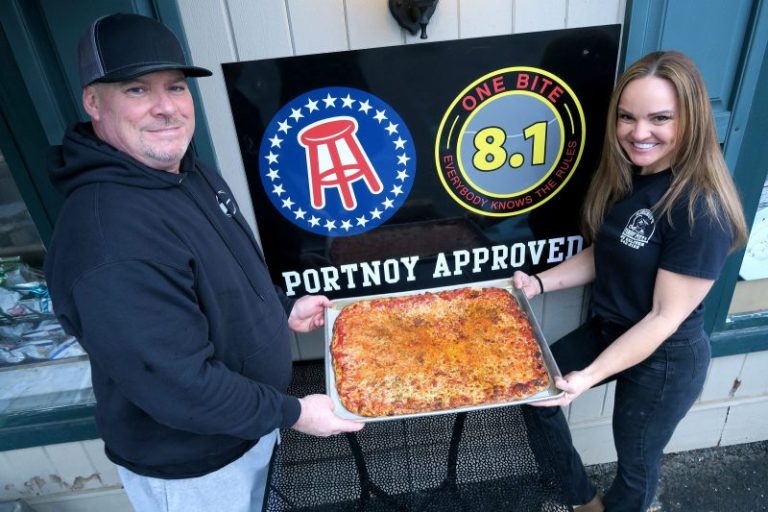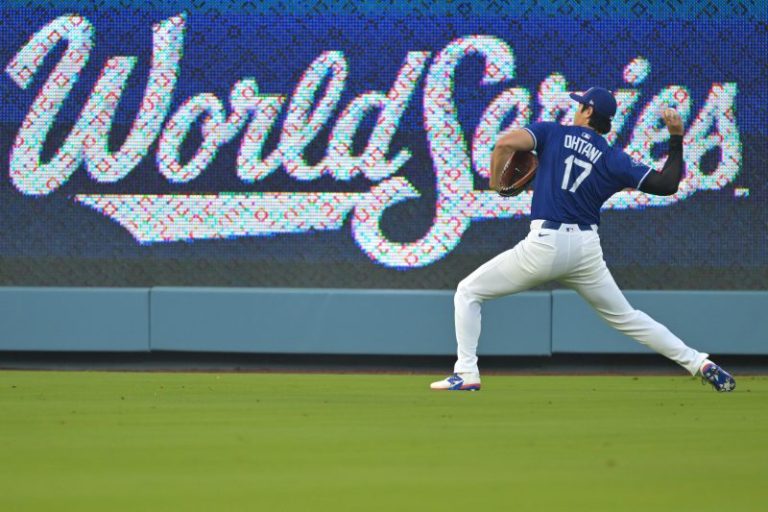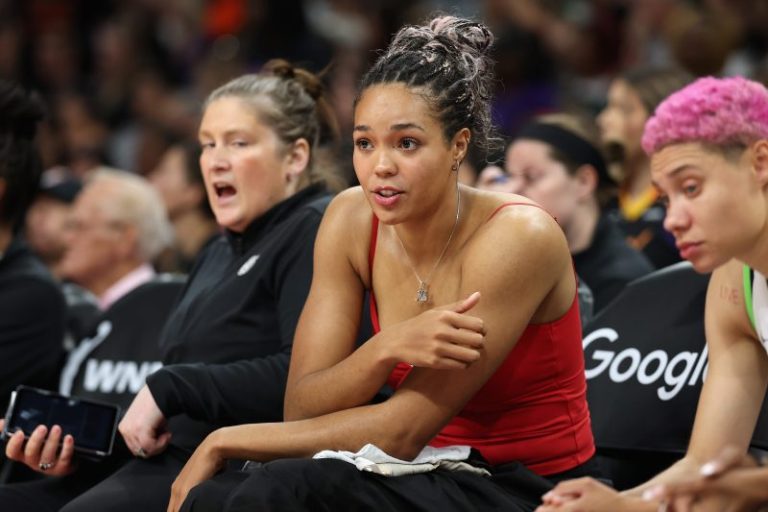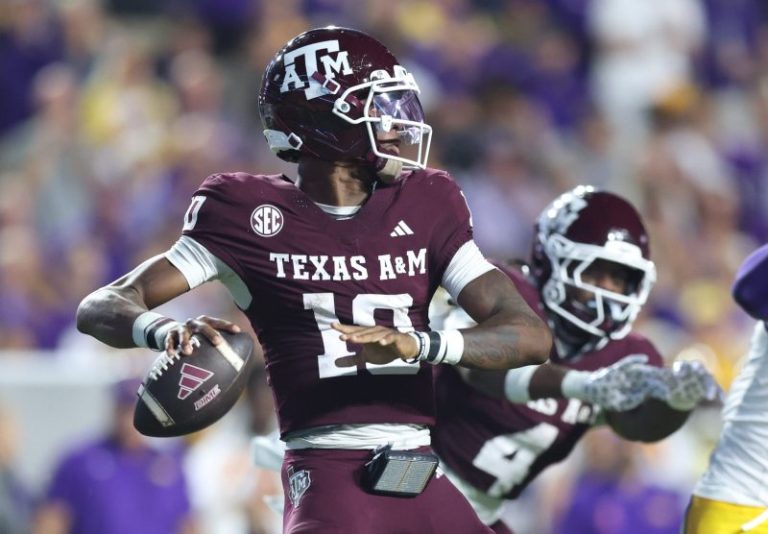A federal investigation into illegal gambling has led to the arrests of several prominent NBA figures.
Portland Trail Blazers coach Chauncey Billups and Miami Heat guard Terry Rozier are among those facing criminal charges.
The alleged scheme involved rigged poker games with Mafia ties and betting on games using non-public information.
The NBA is facing a gambling crisis after a sitting head coach, a current player and a former player were all arrested in connection with two federal indictments related to illegal gambling on games and rigged poker games that had Mafia ties.
Portland Trail Blazers coach Chauncey Billups, Miami Heat guard Terry Rozier and former NBA player Damon Jones are all facing criminal charges in the wake of the scandal, which is also connected with the investigation that led to the NBA banning former Toronto Raptors player Jontay Porter. Federal authorities allege the extensive scheme spanned years, and there are more than 30 co-defendants accused in the case along with these prominent NBA figures.
The investigation remains ongoing, authorities said, and fallout has been immediate. Billups and Rozier were placed on immediate leave from their respective teams. Rozier’s attorney issued a statement declaring Rozier is ‘not a gambler.’ Billups’ attorney also released a statement denying Billups’ alleged role in the rigged poker games and emphasized that Billups did not gamble on basketball games.
Here’s a timeline and breakdown of all the alleged events and games that are mentioned as part of the federal investigation into the NBA’s gambling scandal:
NBA gambling scandal timeline
April 9, 2019
Federal authorities allege that rigged poker games backed by the Bonanno, Gambino and Genovese organized crime families of La Cosa Nostra began as early as 2019. One specific game involving Billups on this date allegedly defrauded victims out of more than $50,000. The scheme featured a shuffling machine that had been secretly altered to use concealed technology to read the cards in the deck, predict which player at the table had the best poker hand, and relay that information to an off-site operator.
The indictment also includes messages in which the defendants had signals for a ‘quarterback’ at the table to use once he was relayed the information in real time from off-site, and discussions about purposefully losing hands to keep the victims at the table longer. One of the victims was ‘starstruck’ by Billups, according to the indictment, and ‘this was by design.’
October 2020
The indictment alleges that following another rigged poker game in late October 2020, bank records show co-defendant Robert Stroud wired $50,000 to co-defendant Sophia Wei, who then wired $50,000 to Billups.
December 2022
Investigators allege this is when the gambling scheme involving non-public game status information began, with the co-defendants accused of using ‘access to private information known by NBA players or NBA coaches that was likely to affect the outcome of upcoming NBA games or individuals’ performances,’ according to the federal indictment. ‘They provided other co-conspirators this non-public information ‒ in exchange for either a flat fee or a share in expected wagering profits ‒ for the purpose of betting.’
February 9, 2023
The morning before a game between the Los Angeles Lakers and Milwaukee Bucks, Jones is accused of providing non-public injury information about an unnamed player who fits the description of LeBron James in the indictment. Jones, according to the investigation, sent a text message alerting a co-conspirator in the case that James would not be playing, even though James had not been ruled out on the official injury report yet.
James did not play in the game and the Lakers lost. Jones, who played three NBA seasons with James in Cleveland, served as an unofficial assistant coach working primarily with James during the 2022-23 campaign.
March 23, 2023
The indictment alleges Rozier, then playing for the Charlotte Hornets, informed co-defendant Deniro Laster that Rozier was going to prematurely remove himself from a game against the New Orleans Pelicans in the first quarter. Laster then allegedly sold this information to multiple co-conspirators, including co-defendant Marves Fairley. Fairley and an unnamed co-conspirator agreed to pay Laster $100,000 from their expected gambling winnings. Fairley also sold the information to co-defendant Shane Hennen, who dispersed it to a network of associates in order to place wagers on prop bets for Rozier’s ‘under’ in the game. Prior to the start of the March 23 game, authorities allege Hennen, other unnamed and named co-conspirators in the investigation placed more than $260,000 in bets on Rozier’s under.
Rozier, according to the indictment, removed himself from the game in the first quarter after playing less than 10 minutes and did not return. He had five points and two assists and finished ‘under’ the lines set by oddsmakers for his points, assists and 3-point shots.
March 24, 2023
Prior to a game between the Portland Trail Blazers and Chicago Bulls, according to the indictment, an unnamed co-conspirator who fits the description of Billups allegedly told co-defendant Eric Earnest the Trail Blazers were tanking and several of their best players would not be playing. Earnest then provided the non-public information to Fairley, who promised to pay at least $5,000 if bets against the Trail Blazers were successful. Fairley and Hennen then placed more than $100,000 in wagers that Portland would lose the game.
The Blazers wound up not playing their top four leading scorers for the season and the lines changed once the official injury report was released approximately 30 minutes before tipoff. The Bulls then beat the Trail Blazers, 124-96.
March 28, 2023
The indictment alleges Fairley traveled to Philadelphia to collect his cut of the winnings from the March 23 game involving Rozier. Laster is also alleged to have traveled to Philadelphia on the same day to collect his portion of the winnings from Fairley. Rozier arranged and paid for Laster’s travel, according to the investigation. Fairley gave Laster ‘tens of thousands of dollars’ in cash as payment for the information Laster provided to Fairley regarding Rozier’s plan to remove himself from the game early.
March 30, 2023
Laster drove from Philadelphia to Rozier’s home in Charlotte, North Carolina, according to the indictment, and during the early morning hours of April 1, he and Rozier counted the money that Laster had received from Fairley from the March 23 game.
April 6, 2023
Hours before a game between the Orlando Magic and Cleveland Cavaliers, according to the indictment, one of the Magic’s ‘regularly starting players’ told an unnamed co-conspirator that Orlando would be sitting its entire starting lineup. This non-public information was provided to Fairley, who allegedly placed an $11,000 bet that the Cavaliers would cover the spread. The Magic, according to the investigation, were favored by 9.5 points at the time. The Magic did not play their starters and Cleveland won the game by 24 points.
September 2023
On September 7, five co-defendants successfully robbed an altered shuffling machine, according to the indictment. Jones then asked co-defendant Robert Stroud, who was named as part of the robbery as well, for a $10,000 advance in connection with a rigged poker game in East Hampton, New York. Stroud sent $2,500 to Jones via Zelle. Three days later, messages featured in the indictment show co-defendant Tony Goodson coaching Jones on how to cheat, while comparing two players in the rigged poker game to NBA stars Stephen Curry and LeBron James.
January 15, 2024
Before a game between the Los Angeles Lakers and Oklahoma City Thunder, Jones allegedly gave non-public injury information to Earnest related to an unnamed player who fit the description of Anthony Davis in the indictment. Jones claimed to have learned from a trainer for James and Davis that Davis was injured and only going to play a limited number of minutes. Earnest shared the information with Fairley, who then shared it with Hennen and another co-conspirator. Fairley allegedly bet about $100,000 against the Lakers. Jones was paid approximately $2,500 for the information, according to the indictment.
Davis was listed as probable and ultimately played in the 112-105 Lakers’ win, finishing with 27 points and 15 rebounds over more than 38 minutes of action. After the game, according to the investigation, Fairley requested that Jones repay the $2,500. But Jones, investigators noted, reiterated via text message that he had provided credible information.
January 23, 2024
Rozier was traded by the Charlotte Hornets to the Miami Heat. The Heat weren’t made aware that Rozier was being investigated for suspicious betting activity, two sources told USA TODAY Sports.
January 26, 2024
Prior to a game between the Toronto Raptors and Los Angeles Clippers, then-Raptors forward Jontay Porter agreed with co-defendant Long Phi Pham and others to exit the game prematurely due to injury in order for others to place bets on Porter’s unders for the game, according to the indictment. Pham provided the information to Hennen, who then alerted Fairley and other associates.
March 20, 2024
The same scheme involving Porter, Pham, Hennen and Fairley was executed as part of a game between the Toronto Raptors and Sacramento Kings.
April 17, 2024
The NBA banned Porter for disclosing confidential information to sports bettors and betting on games after a league investigation.
Jan. 13, 2025
Porter pleaded guilty to wire fraud conspiracy in federal court, with a sentencing hearing scheduled for December. He faces a maximum prison sentence of 20 years.
January 30, 2025
The Wall Street Journal reported that Rozier was still under investigation by federal authorities over suspicious betting activity flagged in connection with the March 2023 game between the Charlotte Hornets and New Orleans Pelicans. ‘In March 2023, the NBA was alerted to unusual betting activity related to Terry Rozier’s performance in a game between Charlotte and New Orleans,’ NBA spokesman Mike Bass said at the time. ‘The league conducted an investigation and did not find a violation of NBA rules. We are now aware of an investigation by the U.S. Attorney’s Office for the Eastern District of New York related to this matter and have been cooperating with that investigation.’
Trusty added that ‘FBI agents’ were involved in the league investigation.
Oct. 23, 2025
Rozier, Billups and Jones were arrested for their respective roles in the rigged poker games and illegal betting scheme surrounding NBA games.
October 24, 2025
NBA commissioner Adam Silver, in his first public comments, said during a halftime interview with Amazon Prime, he was ‘deeply disturbed’ by the allegations.
“There’s nothing more important to the league and its fans than the integrity of the competition,’ Silver added.
Asked how the league had cleared Rozier given his arrest, Silver noted, ‘the federal government has subpoena power, it can threaten to put people in jail, it can do all kinds of things that a league office can’t do. So we’ve been working with them since then.’

